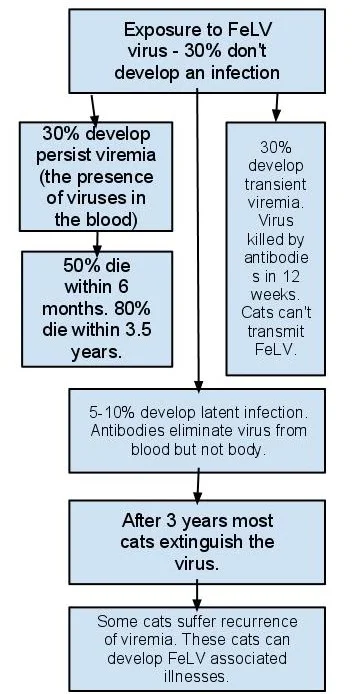
Wild cats in captivity don't do well and are poorly managed. That is a generalization and possibly a little unfair. However, having prepared
a list of some wild cats and their status in captivity, I am compelled to come to that conclusion with one exception. The snow leopard enjoys creative and concerned conservation together with excellent management in captivity. What is it about the snow leopard that sets it apart from the other wild cat species in respect of conservation? Perhaps it is because the snow leopard has a chance of survival in the wild, living in the mountains.
The two barriers to successfully keeping wild cats in captivity is that they get ill fairly easily or in some cases routinely and early on, plus they tend not to breed. This leads to low genetic diversity and inbreeding seems to be commonplace. Inbreeding leads to inbreeding depression which in turn leads to poor sperm quality and reproductive failure. It is a downward trend.
There is also the problem of cross-breeding which is probably due to a need to expand genetic diversity and to boost low zoo populations of certain cat species. Breeding a Siberian tiger with a Bengal tiger leaves us all with a cat that is neither.
What you might be looking at through the perspex glass of a zoo is an inbred hybrid, rather than the real thing. Am I being a bit harsh again? A single example (there are many others) is the sweet looking sand cat. The zoo population is small and "highly inbred" says Jill D. Melden one of the authors of the respected book,
Great Cats - Majestic Creatures of the Wild. They are likely to become extinct in captivity she goes on to say.
There are also far too many instances of zookeepers and pet tiger owners being stupid and careless in their dealings with the large wildcats. These careless encounters
lead to the death and/or injury for human and cat (shot). The cat in all cases is simply behaving normally under the circumstances, which are often stress inducing. Wildcats have large home ranges. The male Siberian tiger has a range of 800-1000 square kilometers! Small enclosures are unsuitable.
It is just that I don't like the idea of wild animals in zoos. And neither, it seems, do the animals.
Update: Seidensticker and Lumpkin who edited
Great Cats (ISBN 0-87857-965-6) say that "the captive populations of most species of small cats in both North America and Europe are headed towards extinction". Their book was first published in 1991.
It could be argued that establishments that keep wildcats in captivity that profess to be involved in conservation are in fact a net drain on conservation in the wild because they need to import wildcats from wild habitats to prop up the captive cat populations in terms of breeding health (i.e. to try and inject fresh genes into the captive population).
The AZA (
Association of Zoos and Aquariums) Feline Species Survival Plans are concerned with the survival of wildcats in captivity not repopulating wildcats in the wild for conservation reasons.
Then we must not forget the blatant exploitation of tiger in
tiger farms. These are a pretense at conservation etc but they are just farmed tigers for body parts. Totally commercial and quite brutal.
Jill Mellen and author of
Great Cats says that that wild cat species in captivity with a population of fewer than 30 individuals will die out unless something is done quickly. However, nothing can be done it appears. It is pointless and probably illegal to import cats in wild into captivity for the sole reason to stop the captive cats become extinct. That is upside down conservation. It tells us a bit about the flaws in the captive animal business.
She says that the rusty-spotted cat, manul, sand cat, black-footed cat, pampas cat, Asian golden cat, Geoffroy's cat and Scottish wildcat are inbred and have small captive populations.
 From Wild Cats in Captivity to Home Page
From Wild Cats in Captivity to Home Page









